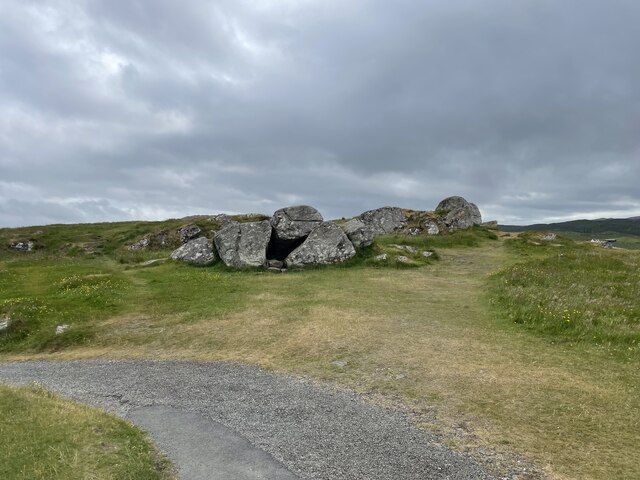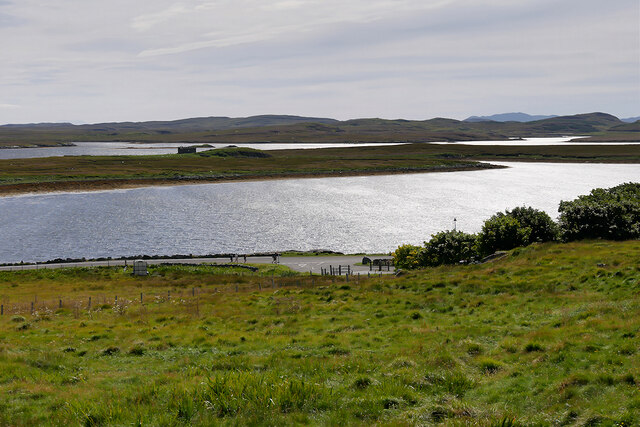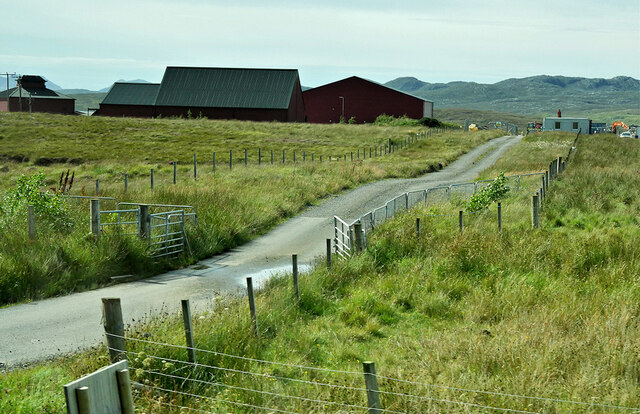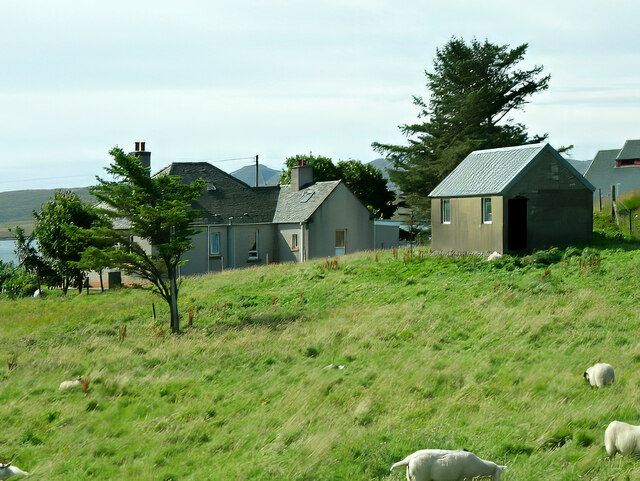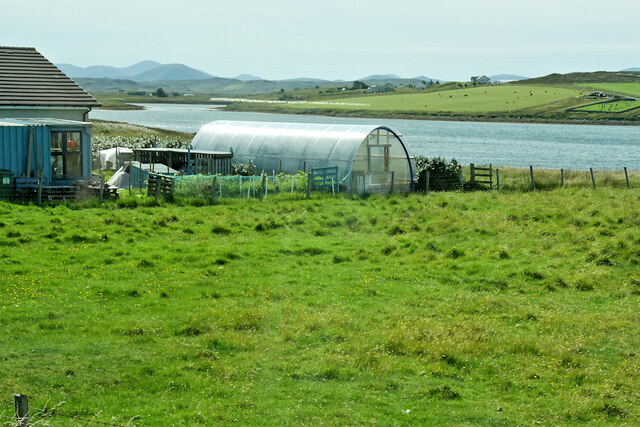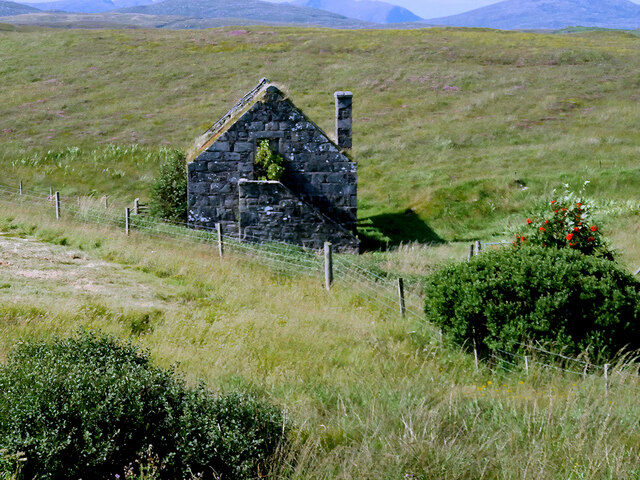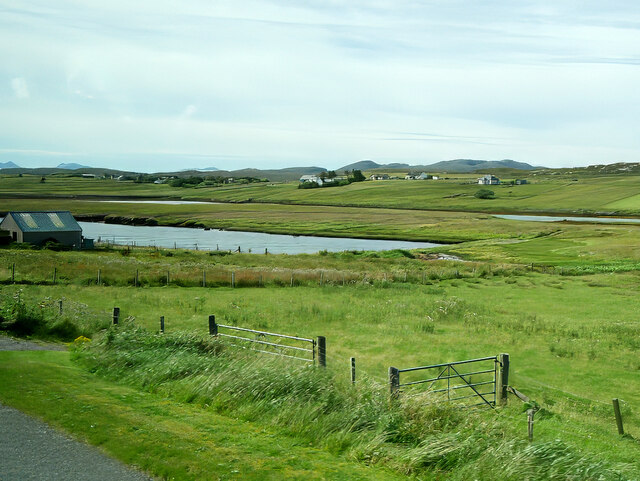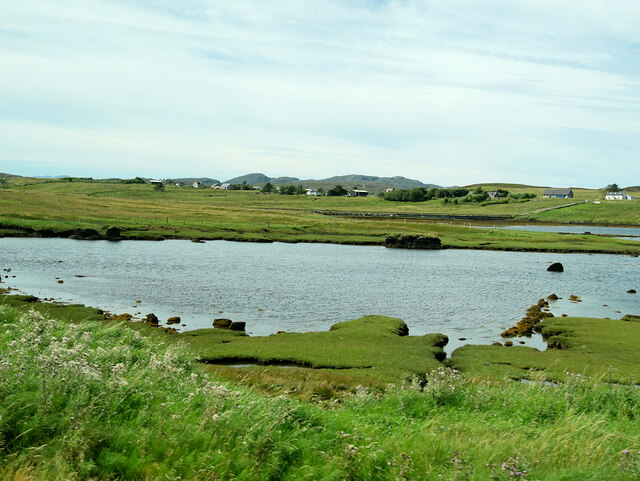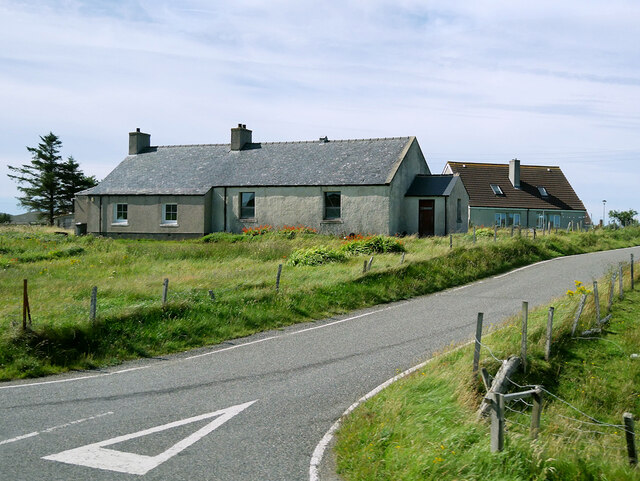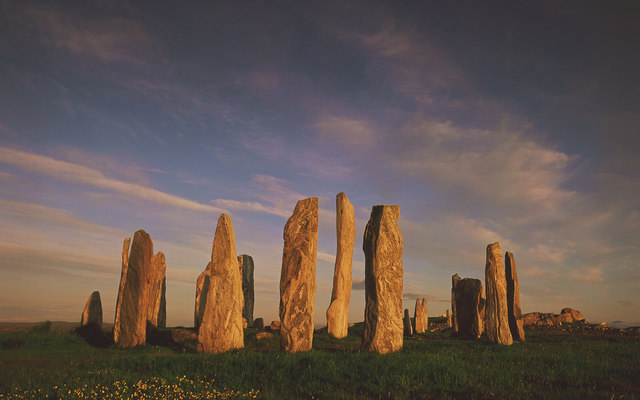Breasclete Park
Downs, Moorland in Ross-shire
Scotland
Breasclete Park
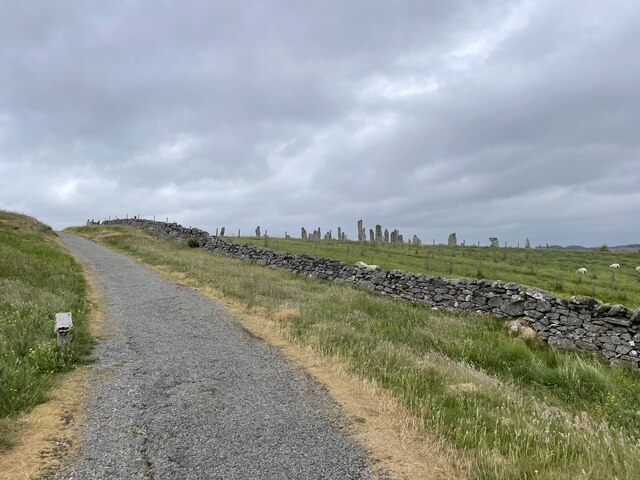
Breasclete Park is a picturesque area situated in the county of Ross-shire, Scotland. Known for its stunning natural landscapes, the park primarily consists of downs and moorland, providing visitors with a unique and immersive outdoor experience.
Covering an extensive area, Breasclete Park offers breathtaking views of rolling hills, vast open spaces, and heather-covered moorlands. This diverse terrain is home to a rich variety of flora and fauna, making it a haven for nature enthusiasts and wildlife lovers. Visitors can expect to encounter an array of bird species, including golden eagles, peregrine falcons, and red grouse, as well as Scottish wildcats and red deer, which roam freely throughout the park.
The park is a popular destination for hikers and walkers, with a network of well-maintained trails that cater to all levels of fitness and experience. These trails provide opportunities to explore the park's diverse landscapes, offering panoramic views and an up-close experience with the natural environment.
Breasclete Park also boasts several picnic areas, where visitors can relax and enjoy the tranquility of the surroundings while taking in the breathtaking vistas. In addition, the park offers camping facilities, allowing visitors to immerse themselves in the beauty of nature overnight.
Whether seeking a peaceful escape or an outdoor adventure, Breasclete Park in Ross-shire offers a captivating experience for all who visit. With its stunning downs and moorland, diverse wildlife, and well-maintained trails, it is a must-visit destination for those looking to explore the natural wonders of Scotland.
If you have any feedback on the listing, please let us know in the comments section below.
Breasclete Park Images
Images are sourced within 2km of 58.211169/-6.7321832 or Grid Reference NB2234. Thanks to Geograph Open Source API. All images are credited.

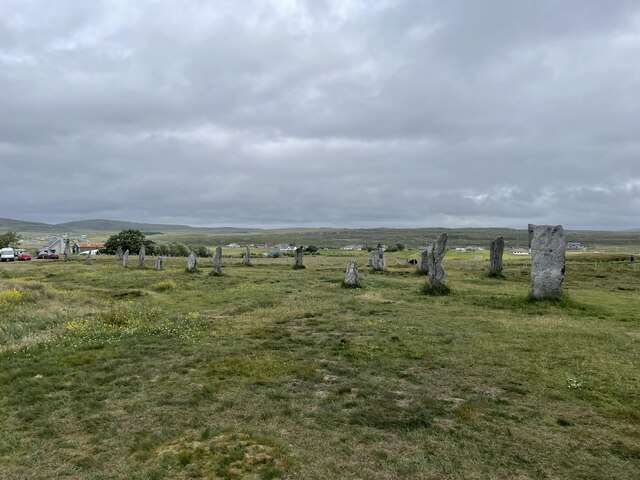
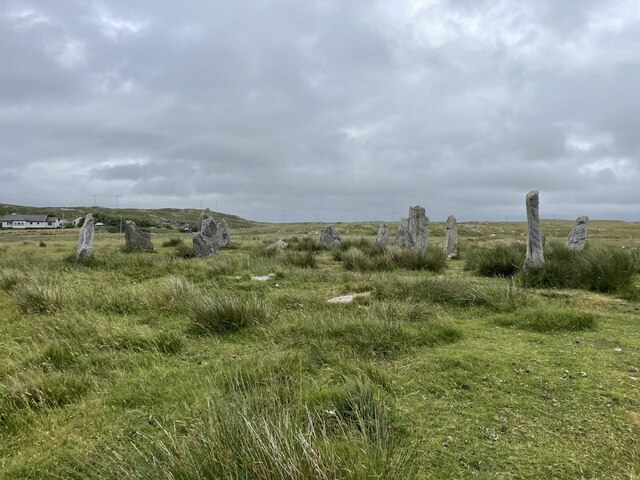
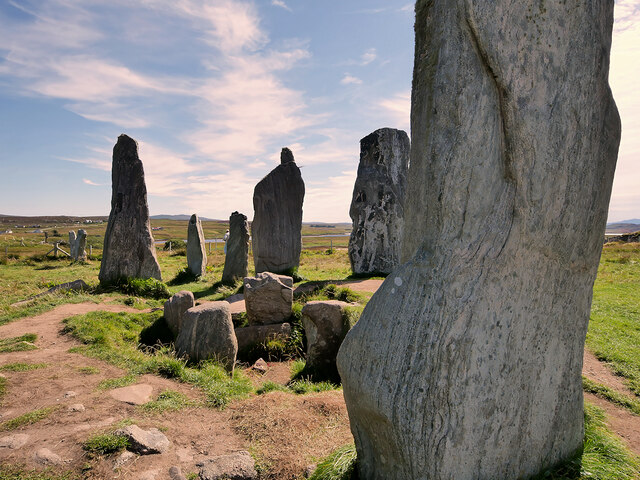
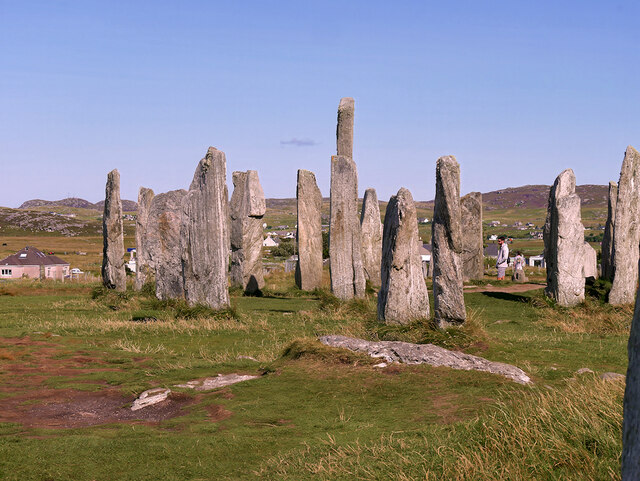
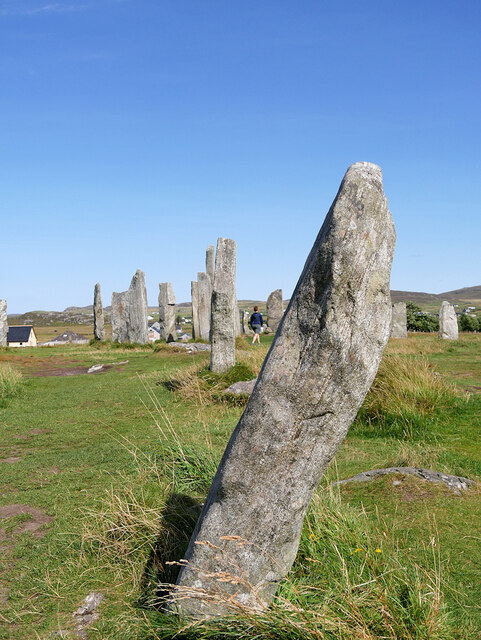
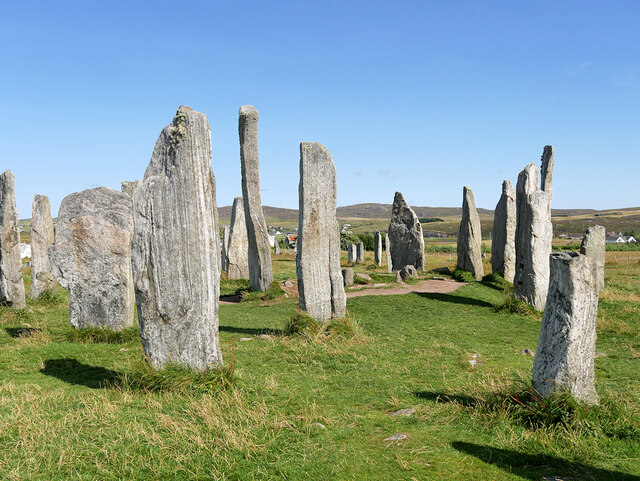
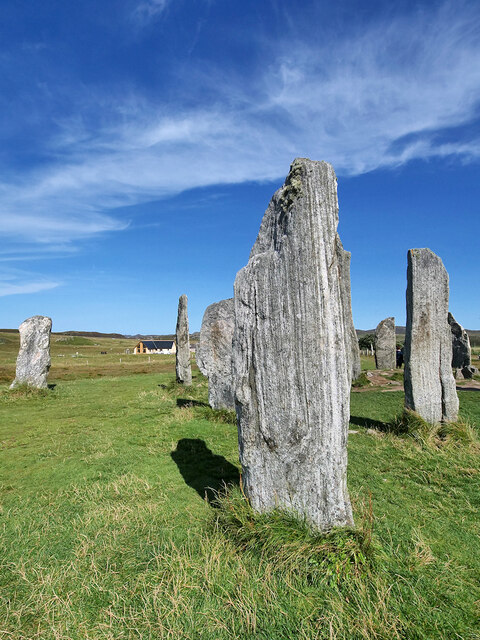
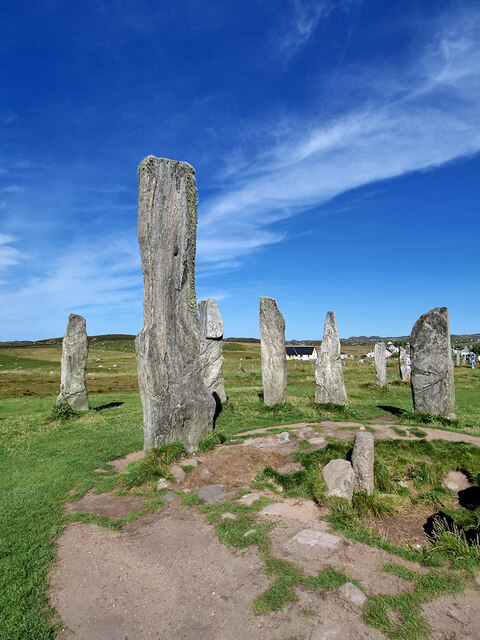
Breasclete Park is located at Grid Ref: NB2234 (Lat: 58.211169, Lng: -6.7321832)
Unitary Authority: Na h-Eileanan an Iar
Police Authority: Highlands and Islands
What 3 Words
///stoppage.contexts.outcasts. Near Carloway, Na h-Eileanan Siar
Nearby Locations
Related Wikis
Breasclete
Breasclete (Scottish Gaelic: Brèascleit) is a village and community on the west side of the Isle of Lewis, in the Outer Hebrides, Scotland. Breasclete...
Callanish X
The Callanish X stone circle (or "Na Dromannan", "Druim Nan Eun") is one of many megalithic structures around the more well-known and larger Calanais I...
Callanish
Callanish (Scottish Gaelic: Calanais) is a village (township) on the west side of the Isle of Lewis, in the Outer Hebrides (Western Isles), Scotland. Callanish...
Callanish Stones
The Callanish Stones (or "Callanish I": Scottish Gaelic: Clachan Chalanais or Tursachan Chalanais) are an arrangement of standing stones placed in a cruciform...
Nearby Amenities
Located within 500m of 58.211169,-6.7321832Have you been to Breasclete Park?
Leave your review of Breasclete Park below (or comments, questions and feedback).
